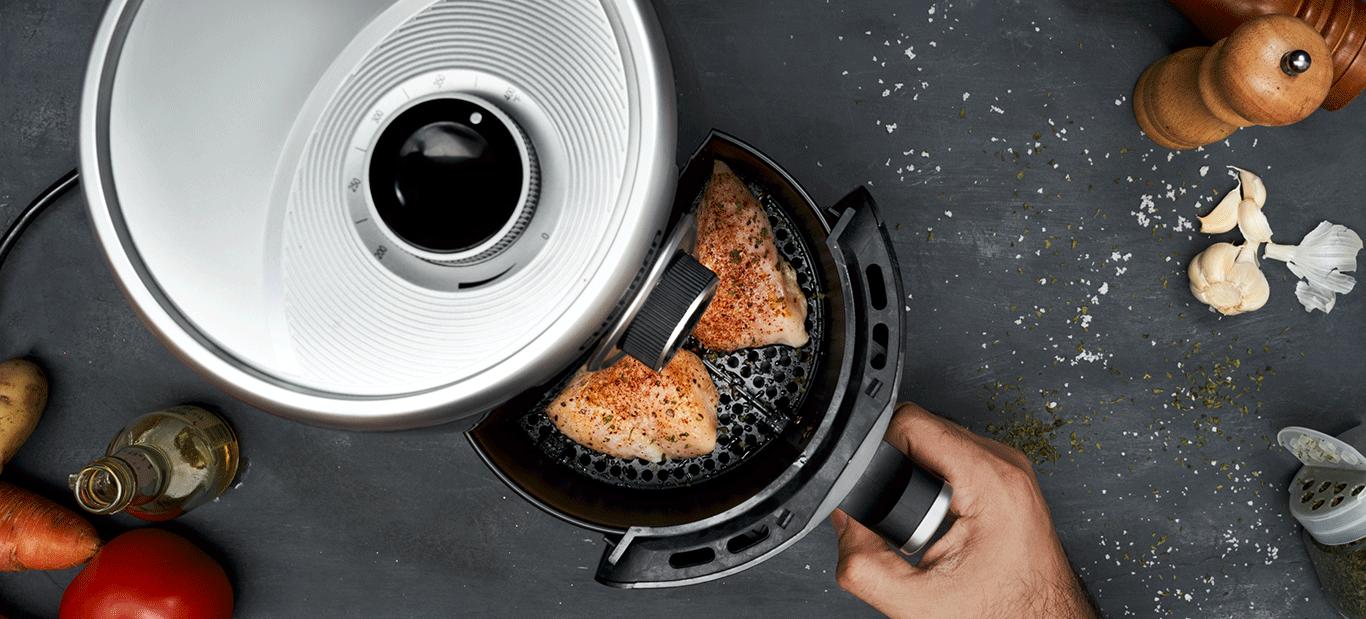The Way Consumers Feel About Food is Changing: 5 Trends to Act on Now
The Way Consumers Feel About Food is Changing: 5 Trends to Act on Now
The way we feel about some of our favorite foods is changing, long term. The COVID-19 pandemic, social media health and wellness influencers, government guidance and disruptor brands are all included as catalysts for societal reactions to food products in their entirety. Farming practices, packaging, handling processes and ingredients all come into focus. Read on to learn about shifting attitudes toward the foods we eat and consumer expectations that are here to stay.
1. Consumers are eating to protect their immune system
With growing concerns about getting sick brought on by COVID-19, consumers have become more concerned with eating clean and healthy foods to strengthen their immune systems. Since 2019, one in three consumers have been choosing foods known to protect their immune systems – from citrus fruits to poultry.
These foods contain essential vitamins and nutrients that support ‘clean living’ and a healthy lifestyle:
- Citrus fruits
- Berries
- Green peppers
- Poultry
Consumers are also concerned with safe product handling and preparation, knowing the risks of COVID-19 exposure, and contaminants in food products. From product labeling choices to other visual marketing campaigns including videos and infographics, consumers are more likely to trust that a brand that shows their customers how they’re preparing their food products behind-the-scenes.
Check out how we helped Illinois Beef execute their “Real Beef” campaign to tell a compelling story about the beef we’re eating, improving the connection between what’s on our plate and going into our bodies.
2. Ever-growing plant-based meat and dairy alternatives
Vegan or not, 83% of adult Americans are making an effort to add more plant-based foods to their diet for health reasons – from newly discovered food sensitivities and intolerances to other benefits of a more balanced diet. The number of American’s turning to plant-based diets has increased by 300% in the last 15 years, making up about 3% of the U.S. population in 2020. This astounding number continues to grow. The need for more tasty alternatives that mimic the juiciness and savory flavor of meat and creaminess of dairy products consumers crave is dire.
Meat and dairy-free alternatives in the grocery store are no longer just a small carved out section of an aisle – they’ve made their way onto all product category shelves – cheese, eggs, meat, fish, and beyond. There are key industry players that are exclusively plant-based, like MorningStar and Good Catch, but brands notorious for their delicious meat or dairy products, like Hormel, Tyson, and Ben & Jerry’s, are also taking advantage of the plant-based market, giving those that cannot eat dairy or meat scrumptious options to choose from.
While the meat and dairy industries remain integral to the food chain, brands have a unique opportunity to get creative and tap into a slew of food product categories and make consumers that are intolerant to meat and dairy products feel heard – allowing them to experience the textures and tastes they remember and love.
To determine how your brand can cater to this community, ask yourself: In your niche market, what meat and dairy-free options are available? What are some nostalgic favorites that have yet to be turned plant-based? Hint: Social listening and market research can help identify current gaps in the space.
3. Convenient kitchen gadgets are here to stay
Plenty of us are “guilty” of buying air fryers and Instant Pots during the COVID-19 pandemic, if not beforehand. Unlike other trends that eventually died out as consumers slowly returned to work (queue the whipped coffee and bread baking phenomenon), the use of these convenient kitchen appliances isn’t going anywhere. People will always be busy, and the need and desire to whip up a fast and delicious dinner in minutes that will feed the whole family still stands.
Knowing that consumers are more likely to turn to one of their handy kitchen gadgets than the classic oven or stovetop methods, food brands can leverage this trend. They have an opportunity to offer products and create recipe content surrounding quick and convenient pressure cooker or air fryer meals. Many brands have also turned to Tik Tok and Instagram Reels for endorsed or influencer cooking and baking content.
4. Reaching for “feel-good” nostalgia
When we see an old-school “classic” candy brand or view an iconic commercial for the first time in ages, we get that warm and fuzzy feeling that brings us back to a simpler and more exciting time in our lives.
Nostalgic foods saw an increase in sales during the pandemic as consumers sought comfortable and familiar choices. This trend is expected to stay. From noticing memorable, bright-colored or shiny tin packaging to the moment a childhood favorite snack hits our taste buds, incorporating the nostalgia factor into food products is an easy way to win peoples’ hearts (especially Gen X).
For example, Post Consumer Brands recently revived its nostalgic 90s cereal, Waffle Crisp®, due to fans outpouring love and appreciation for the product through various online channels. Since its return, this exciting waffle-shaped and flavored cereal has remained a popular, frequently searched breakfast option.
According to Kerry Foods, familiar flavors sell; sweet memories that taste like cotton candy, graham crackers, and cookie butter are also making a comeback – especially in the form of drinks and yogurts.
5. Sustainably sourced and packaged foods take the win
Consumers are becoming more selective when it comes to the brands they purchase from, with over half of consumers taking sustainable packaging into consideration when choosing a product. A study conducted by the IRI and NYU Stern Center for Sustainable Business discovered that millennials were most likely to purchase sustainability-marketed CPG products – even during COVID-19.
Slapping a sustainable packaging or sourcing label on a product used to be a unique market differentiator; however, current demand is making it a must for food brands. A brand’s efforts to promote their sustainability initiatives must go beyond the label to make an impact on consumption.
Based on your strategic brand narrative, what are some clever, on-brand ways you can tell your sustainability story through compelling website and social media content? Frame your story that shows – not tells – how your brand fits into making the world a better place.
Regardless of your market segment in the food world, there are multiple opportunities to innovate and attract your target audiences based on prominent food trends. There will always be gaps and your brand has the ability to fill them by aligning with consumer expectations.
Food and consumer preferences are changing, and so are consumers’ behaviors at the grocery store. Discover how shopping has evolved in our three-part blog series for even deeper insight into grocery shopping trends that have surfaced throughout the pandemic.
 Back To Blog
Back To Blog

